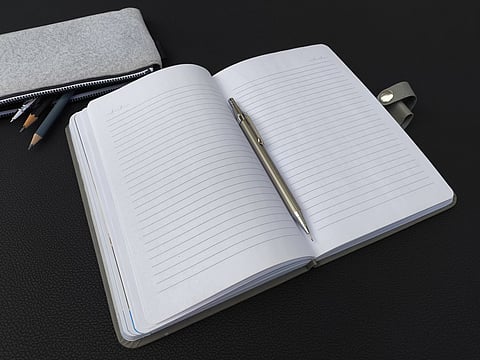

Once upon a time, notebooks did not have lines. They were plain sheets of paper, and writers, merchants, and scholars had to rely on their eyes to keep their words straight. In medieval times, scribes often pricked tiny holes along the page edges and drew faint pencil or ink guidelines before copying long texts. It was slow, careful work — one slip could spoil an entire page.
Everything changed in the 18th century, when an Englishman named John Tetlow invented a “ruling machine.” Patented in 1770, it used fine wires dipped in ink to draw evenly spaced lines across paper. This simple idea made writing neater, faster, and more organised. For the first time, everyone — from clerks to teachers — could rely on a consistent, tidy layout.
Printers soon added the familiar red margin to separate notes and comments. Schools adopted ruled notebooks, finding that lines helped students focus and maintain rhythm in handwriting. Psychologists later confirmed that horizontal lines guide the eye smoothly, helping the brain process text more clearly.
Today’s notebooks may come dotted, squared, or digital, but every page still carries Tetlow’s legacy — quiet lines that continue to shape how the world learns, writes, and remembers.